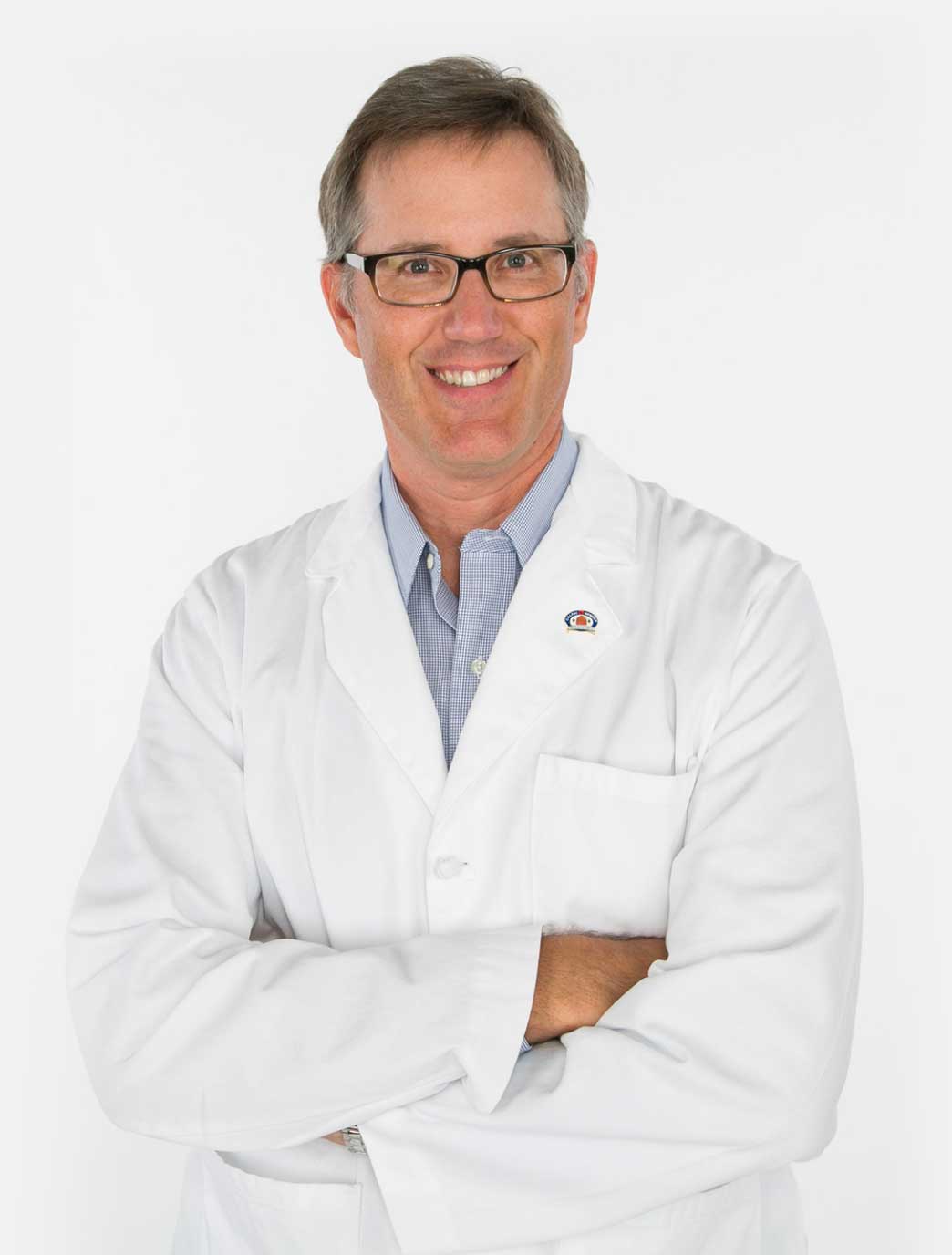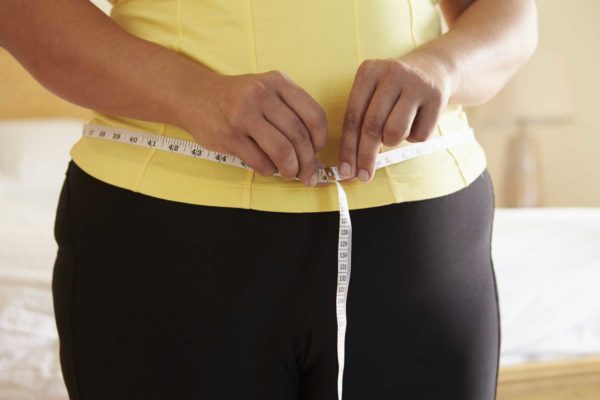Weight loss surgery enables weight loss, we are learning, by changing the body weight “set point” to a lower weight (see blog post Weight Loss Surgery Changes The Body Weight Set Point). This is a compelling justification for weight loss surgery – it changes the biology that prevents weight loss. Nothing else that we know of currently does this.
Weight loss surgery, however, does not change the biology of weight gain. The factors that caused weight gain before surgery (genetic susceptibility to weight gain, poor eating habits, lack of exercise, etc.) can cause weight gain again after surgery. The long-term challenge for patients after surgery is to not allow this to happen.
What you eat and how you eat after surgery will determine the number of calories you consume, which will determine your weight. Today we will discuss what to eat after weight loss surgery. How to eat (small bites, slow, don’t graze, eat on a good schedule, etc.) is also important, but today, we will limit our discussion to what to eat after weight loss surgery.
Your goal after weight loss surgery is to eat what will satisfy you without causing excessive calorie intake. The best food choices after weight loss surgery are those that are mechanically filling (filling with small portions), and those that are filling with less calories (low energy density).
Choosing the right foods after weight loss surgery
Foods that are mechanically filling tend to stay in the stomach pouch longer. This will cause a more pronounced sense of fullness after smaller portions. Think solid high protein foods, like meat, chicken, and fish. A good goal is to try to always include a solid high protein food with both lunch and dinner.
Avoid foods that are mechanically not filling
Foods that quickly pass through the pouch cause less satiety and can result in excessive calorie intake if you are not careful. Examples include high calorie soft/liquid foods and crunchy foods: soda, high calorie Starbucks drinks, Jamba Juice, fruit juice, smoothies, whole milk, ice cream, any sweetened beverage, nuts, trail mix, granola, pretzels, cereal bars, crackers, chips, etc.
Weight loss surgery patients often like the foods on this list because they are easier to eat than solid high protein foods. However, that is the problem. Because these foods are easier to eat, they can easily result in excessive calorie intake.
Choose foods that are filling with less calories
The amount of food eaten is a more important contributor to feeling satisfied than the number of calories eaten. Therefore choosing foods with low energy density (fewer calories per amount) will help you to consume fewer overall calories.
You can see from the above table that low energy density foods are foods that are low in fat and high in fiber content and water content. Think fruits, vegetables, whole grains, and low-fat dairy. See the following table for the energy density of common foods.
Choose more of what is in the green column and less of what is in the red column.
Too much of the foods in the red column can make maintaining a new low body weight set-point, particularly when there is a genetic predisposition to weight gain, very difficult.
Potato chips are extremely calorie dense as you can see from the table above. Compared to an equal weight serving of carrots, for example, there are 14 times more calories in the chips. A single serving bag of chips every day for a year equals about 30 pounds worth of calories. The same amount of carrots over a year equals about 2 pounds. The course of action is obvious – don’t eat chips.
Nuts, mayonnaise, peanut butter, and butter are all even worse than potato chips. Chocolate, bacon, nachos, cookies, trail mix, regular cheese, granola, and cereal bars are almost as bad as potato chips.
Putting it all together
The ideal diet after weight loss surgery consists of foods that both are mechanically filling and have low energy density. Lean protein, vegetables, fruit, whole grains, and low-fat dairy are all good.
A good approach is to try to get lean protein with at least two meals per day, and five servings of fruits/vegetables per day. Other great choices to fill in the day: low-fat yogurt, cottage cheese, oatmeal, healthy cereal with skim milk, eggs, and beans. Salads are great as long as they are not accompanied by high fat dressings or ingredients. Potatoes, rice, and pasta are okay in small portions without high energy density accompaniments like butter and cheese.
Especially avoid foods that both are mechanically not filling and have high energy density: chips, nuts, chocolate, cookies, trail mix, cheese, cereal bars, granola bars.
Tracking your food intake
Meal tracking will help you to be more knowledgeable and accountable regarding your food choices. Studies clearly show that people who track do better with weight loss. The new online food tracking programs are great because they show you the nutritional composition of your diet – calories, fat, protein, etc. This makes it very easy to figure out what the problem areas are.
If you have never tracked your food intake, give it a shot. I would recommend My Fitness Pal. You can sign up for free and download the app to your phone. After you get used to using it, it will only take a couple minutes to input each meal. Print a copy of your food log and bring it to your next appointment so we can review it and make suggestions.
Summary
Weight loss surgery changes the biology that prevents weight loss, but not the factors that led to weight gain (genetics, eating habits, exercise habits) in the first place. To maintain weight loss long-term after surgery, healthy eating habits are necessary.
The long-term challenge of weight maintenance after weight loss surgery is twofold: (1) weight loss surgery patients are genetically susceptible to weight gain; extra calories consumed will be stored as fat and not burnt off, and (2) so many foods that make up a large part of the average person’s diet are not at all good for keeping calorie intake under control.
The ideal food choices after weight loss surgery are foods that are mechanically filling (solid high protein foods like chicken, fish, beef), and foods that have a low energy density (fruits, vegetables, whole grains, low-fat dairy).
Read more about Dr. Oliak and his Orange County weight loss surgery program at www.OliakCenter.com.
More Weight Loss Surgery Resources

David Oliak, M.D.
Dr. Oliak is a board-certified, fellowship-trained surgeon who specializes in minimally invasive (laparoscopic and robotic) weight loss surgery. He has been in practice in Orange County, California, since 2002, has completed more than 3000 weight loss operations, and has a track record of excellent patient outcomes.*
Dr. David Oliak is the founder of the Oliak Center for Weight Loss. He started the Oliak Center because he wanted to provide weight loss surgery done right. His commitment has always been to provide the kind of care that he himself would want to receive. Dr. Oliak is affiliated with only the best bariatric hospitals and surgery centers in Los Angeles County and Orange County.
* Individual patient results vary. Past performance is not a guarantee of future results.
Which weight loss surgeon is right for you?
Download this guide of questions to ask your weight loss surgeon to help make the best decision for you.





